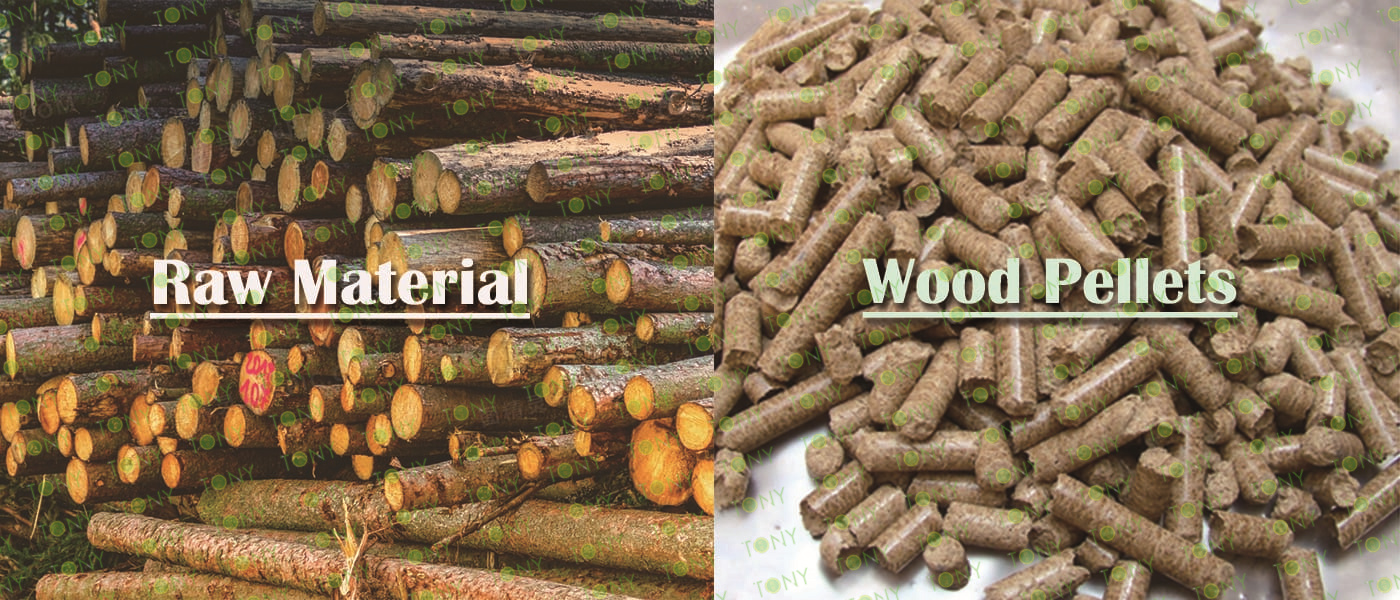Biomass pellet fuel is a new type of biomass energy. It turns combustible materials such as straw and dead wood into treasures. It uses biomass pellets to transform biomass pellets into biomass pellets instead of traditional fossil fuels, which has significant advantages in many aspects.
1. Significant environmental benefits:
Low carbon emissions: The carbon dioxide emissions generated by biomass pellet fuels during combustion can be absorbed by plant growth and form a natural cycle. Compared with traditional fossil fuels, it can greatly reduce the greenhouse effect.
Low pollutant emissions: Biomass pellets have low sulfur content. For example, the average sulfur content of straw pellets is only 0.38%, which is far lower than the average sulfur content of coal. There are fewer pollutants such as sulfur dioxide and nitrogen oxides during combustion, which helps reduce acid rain formation and atmospheric pollution.
Reduce waste pollution: It can effectively utilize agricultural and forestry waste, such as straw, rice husks, wood chips, etc., and reduce environmental pollution caused by incineration or burial of these wastes.
2. Strong renewable:
The raw materials mainly come from forestry "three remaining substances" and agricultural waste, etc. These resources are renewable, inexhaustible and can provide long-term and stable guarantees for energy supply. Unlike traditional fossil fuels, which are non-renewable resources, they face the problem of exhaustion.

3. Good economic benefits:
Cost Advantages: In some application scenarios, biomass pellet fuel has cost advantages.For example, the unit effective heat cost of biomass pellets is set to 1, and the costs of pipeline natural gas, fuel oil, diesel and electricity are 1.48, 1.75, 2.61 and 2.81, respectively. Although the coal cost is relatively low, the environmental protection cost of coal is higher than that of biomass pellets.
Drive industrial development: The development of the biomass pellet fuel industry can drive the coordinated development of upstream and downstream industrial chains, including raw material collection, production and processing, equipment manufacturing, sales and other links, creating more employment opportunities and economic benefits for the society and promoting local economic development.
4. High energy efficiency: After pressing agricultural and forestry waste into solid pellets, it helps to fully burn, matches the combustion speed with the decomposition speed, and greatly improves the combustion efficiency.For example, after the straw is compressed into biomass pellet fuel, the combustion efficiency increases from less than 20% to more than 80%.
5. Wide range of applications: It can be used in multiple fields such as heating, power generation, industrial production, etc., which can not only meet the heating needs of households, but also provide thermal energy for industrial enterprises. It can also replace some traditional fuels for power generation in power plants to adapt to different energy demand scenarios.
6. Great policy support: Many countries and regions have introduced a series of policy measures, such as financial subsidies, tax incentives, and the formulation of relevant laws and regulations, clarifying the important position of biomass pellet fuels as renewable energy, encouraging and supporting their research and development, production and promotion, and providing a good policy environment for industrial development.
Biomass energy is a renewable, environmentally friendly clean energy. Effective utilization of agricultural and forestry surpluses as fuel is an important way to realize the utilization of new energy.





















